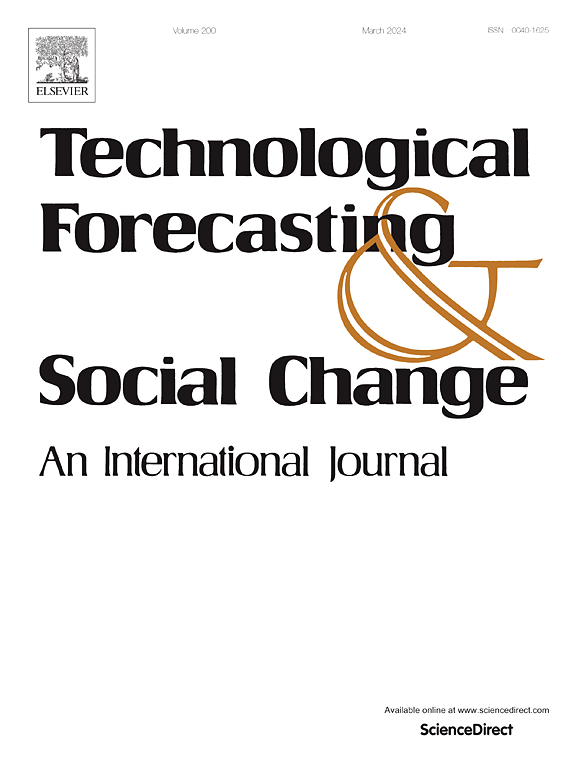用网络科学增强前瞻模型:链式模型中创新反馈的度量
IF 13.3
1区 管理学
Q1 BUSINESS
Technological Forecasting and Social Change
Pub Date : 2025-02-06
DOI:10.1016/j.techfore.2025.124010
引用次数: 0
摘要
对创新动态的细致理解对于预测创新系统中的不同参与者如何以及何时做出有价值的贡献至关重要。现有的前瞻性实践理论基础在很大程度上是定性的,往往过于简化了创新过程。虽然预测从业者承认知识反馈回路的存在,但在实证预测研究中很少对这些反馈回路进行系统的量化。创新者和资助者倾向于选择他们的二元关系,但很少在更广泛的、动态的创新网络中可见。本研究通过整合70年来市场进入、临床试验、专利、出版物、资助者和资助的数据,利用多层引文网络探索创新转化途径,丰富了前瞻性实践的创新理论。我们的分析显示,随着技术的成熟,翻译活动的顺序、流行程度和临界点发生了变化,其粒度在以前的研究中没有描述过。我们还研究了在整个成熟过程中主要公共和私人实体的不同资助模式,揭示了它们的独特贡献,并丰富了创新过程的社会技术解释。本研究通过从第一性原理出发重构微观技术创新动态,提高创新理论对技术预测的可解释性。本文章由计算机程序翻译,如有差异,请以英文原文为准。
Enhancing foresight models with network science: Measuring innovation feedbacks within the Chain-Linked Model
A granular understanding of innovation dynamics is crucial for forecasting how and when different actors within the innovation system can make valuable contributions. Existing theoretical foundations of the foresight practice are largely qualitative and often oversimplify the innovation process. While foresight practitioners acknowledge the existence of knowledge feedback loops, these feedback loops are rarely quantified systematically in empirical forecasting studies. Innovators and funders tend to choose their dyadic relationships but rarely have visibility over the wider, dynamic innovation network. This study enriches innovation theories for the foresight practice by leveraging multilayer citation networks to explore innovation translation pathways, achieved by integrating data from market entries, clinical trials, patents, publications, funders, and grants over a 70-year period. Our analysis shows shifts in the order, prevalence, and tipping points of translation activities as technologies mature, with granularity not described in previous studies. We also examine the distinct funding patterns of major public and private entities throughout this maturation process, revealing their unique contributions and enriching sociotechnical explanations of innovation processes. This study improves the explainability of technology forecasting through innovation theories by reconstructing micro-technical innovation dynamics from first principles.
求助全文
通过发布文献求助,成功后即可免费获取论文全文。
去求助
来源期刊
CiteScore
21.30
自引率
10.80%
发文量
813
期刊介绍:
Technological Forecasting and Social Change is a prominent platform for individuals engaged in the methodology and application of technological forecasting and future studies as planning tools, exploring the interconnectedness of social, environmental, and technological factors.
In addition to serving as a key forum for these discussions, we offer numerous benefits for authors, including complimentary PDFs, a generous copyright policy, exclusive discounts on Elsevier publications, and more.

 求助内容:
求助内容: 应助结果提醒方式:
应助结果提醒方式:


